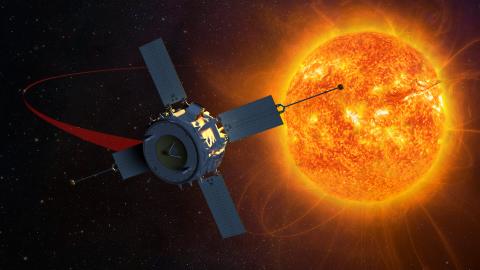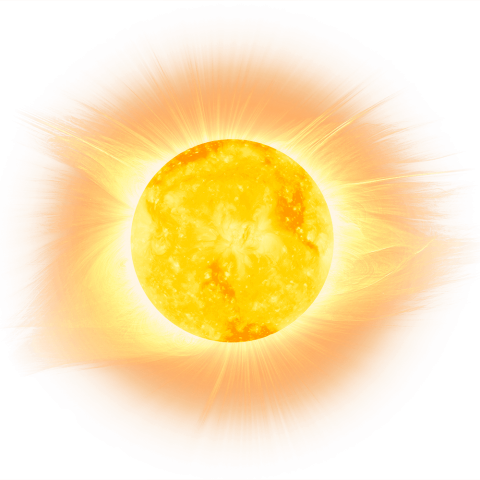About the Instrument
Instrument Type
Particle
The APL-built Advanced Composition Explorer, or ACE, spacecraft is a NASA mission that studies the many charged, energetic particles streaming from the Sun, the interplanetary medium and the Milky Way galaxy. In coordination with ACE’s other instruments, the spacecraft’s Ultra-Low-Energy Isotope Spectrometer, or ULEIS, collects and measures the energy, abundance and time variations of light elements, which include helium through nickel, to investigate how they are accelerated by large solar events, such as coronal mass ejections. Of particular interest is the relative abundance of the elemental isotopes — atoms of the same element but with a different number of neutrons — especially helium. ULEIS continues to make critical measurements of numerous solar events. It makes significant contributions to understanding the abundances of these charged particles, including helium, neon and magnesium ions, and the mechanisms that accelerate them.





